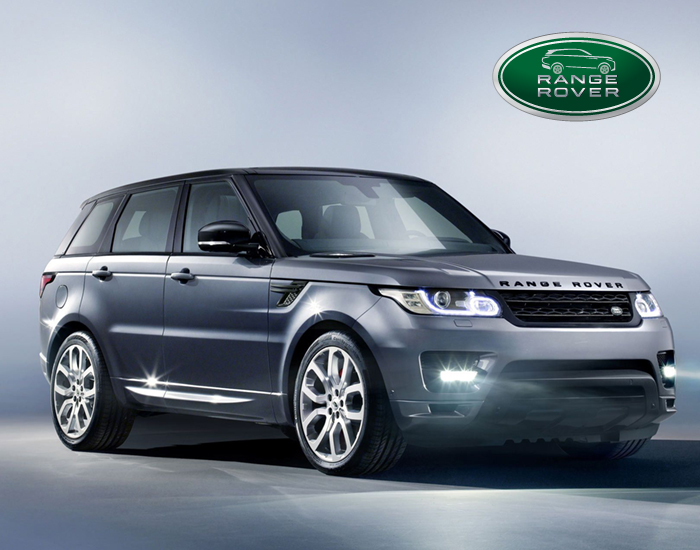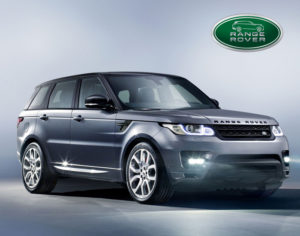
With big power and lots of Force, the Range Rover Collation miles with ease, providing maximum comfort on long drive
Land Rover has establish that the Range Rover can keep up with its German rivals in terms of luxury and clarication, but what really sets it apart from them is its mega off-road ability and huge towing power.
An aluminum shell means that the latest Range Rover is 420kg bright than the last car, and ensures that this version is very agile. Yet, no amount of dieting can disguise the fact that it’s both slower and heavier than its German competitors, and the Bentley Bentayga.
It is, withal, a testimonial to the Land Rover engineers that the Range Rover is huge to drive, and there’s little penalty in terms of handling. The entry-level 256bhp 3.0-litre V6 diesel model gets from 0-62mph in 7.9 seconds, going on to hit a top speed of 130mph.
This is appropriate performance for such a big car, but go for the supercharge V8 petrol and the power on offer will even scare some sports cars, hitting 0-60mph from rest in 5.1 seconds. It’svalue noting But if you value the handling of your luxury SUV, an Audi Q7 is more fun – but it can’t match the Range Rover for comfort or ride quality.
The Range Rover is also impressively quiet and refined inside no matter which engine you choose, while the smooth eight-speed automatic gearbox contributes to a relaxed driving experience.
The car’s standard adaptive damping and air-suspension deliver an impressively composed ride, which is only upset when the large wheels thump into a badly repaired pothole. If comfort is a priority, the Long Wheelbase car is even more cosseting.
Additionally, the Range Rover’s steering is accurate and well weighted, and you can add the optional Active Lean Control to tighten body control even further.

The SVA autobiography Dynamic is design to offer a bit more agility, without ever feeling as light on its feet as a Range Rover Sport SVR – and in that respect, it’s a total triumph. The Control modulation on the 542bhp V8 is nice judged, and it keeps enough full-fat Range Rover refinement, even when you are pushing on.
The Range Rover is at its best, in fact, as a rapid cross-country cruiser, because it’s as peerless as ever on fast roads, and a little more tied together on wide A- and B-roads. There’s no disguising the car’s bulk in narrower sections, but its sheer size will be the issue there, rather than any problem with the handling. If you do spend a lot of time driving around town, it’s worth considering the plug-in hybrid version, as the silent progress allowed by the electric motors perfectly suits the car’s comfortable character.
Range Rover Engines
Range Rover Enginebuyers can choose from two diesel engines, two supercharged patrols and a plug-in hybrid.
The 3.0-litre V6 in the SDV6 delivers 254bhp at 4,000rpm and 600Nm from just 2,000rpm, making it more than capable of dealing with the two-tone-plus bulk of the Range Rover. It does 0-62mph in a wholly acceptable 7.9 seconds, going on to hit a top speed of 130mph.
If you do want a Range Rover with a green tinge, the plug-in hybrid P400e model is the most energetic in the line-up. This combines a four-cylinder 2.0-litre engine with an electric motors. Together, they give an output of 399bhp and 640Nm, and the battery will allow for up to 31 miles driving with zero tailpipe emissions on a full charge.
We’ve only driven a prototype so far, but our initial impression is that the two power sources combine well. However, it’s a car that will make most sense to people who do most of their driving around town, where they can run on electric power for the majority of the time. On longer journeys, though, it’s less impressive, as the petrol engine is harsh and raucous, and very much at odds with the otherwise refined nature of the car.
The 4.4-litre SDV8 is an impressive motor, serving up 334bhp at 3,500rpm and the most torque of any Range Rover at 740Nm from 1,750rpm to 2,250rpm. It’ll do 0-62mph in 6.9 seconds and run on to 135mph where permitted


